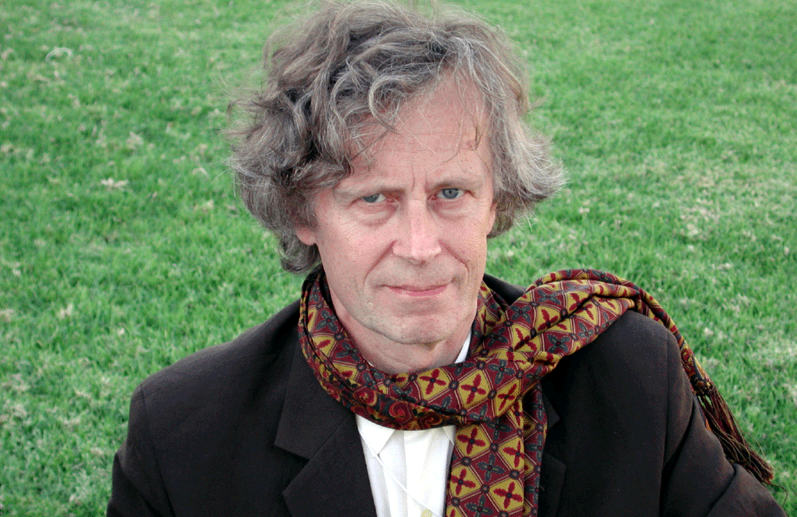Human being can be considered from two inextricably interwoven perspectives: Human nature and the human condition. Think of it as nature vs. nurture, except what is nurturing our being is the total physical environment all together.
Since post-modern theories of Social Constructionism focuses only on the content of media as environmentally-constitutive, it fails to present a relatable account of the contemporary human condition for a growing number of people. That is where Media Ecology comes in.
Creating and internalizing a fuller view of our material, technological world allows all human being—human beings—to become clearer and more relatable by relief. People as products of their environment become distinct and empathetic as we internalize the total environment as backdrop and see how it differently shapes all of us.
Only once we see the physical world for what it is can we put …

